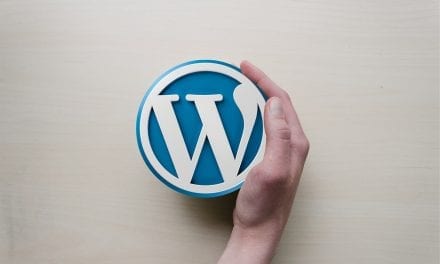Creating a website for your company is not a suggestion, but a requirement in the modern landscape of business. It can have many benefits such as market your product or service, get new customers, communicate with customers or even sell.
While it would be great if your website always functioned perfectly, that is hardly ever the case. Many issues can arise such as crashes, downtime, and formatting issues. However, perhaps the most annoying is slow loading and performance.
You may not notice this much as a site owner, but you can rest assured that your visitors can, and they hate it. However, slow loading sites not only negatively impact your user experience, but also your SEO. This article is going to look closer at the impact that slow loading time can have on your SEO and UX.
How Does Slow Loading Speeds Impact Your Site’s SEO
Search engine optimization (SEO) is all about increasing your page rank on search engines. This is done through a variety of techniques, such as using keywords intelligently, getting backlinks, and creating good content. Unfortunately, all of your efforts to improve SEO can be dampened with slow loading speeds.
See, when search engines crawl through websites, slow speeds mean they are unable to crawl as many pages. This will negatively affect your ranking compared to similar sites who load more quickly. Sites like Google and other search engines know their users want information fast, so the sites that load the fastest and most reliably will often be given better ranking. Also, with Google actually having a patent for using site speed as a factor for search ranking, there is no doubting the important site speed has on your SEO.
How Does Slow Loading Speeds Impact The User Experience of Your Site
In addition to slow loading speeds hurting your SEO efforts, they can negatively impact the UX (user experience) of your site. When people visit a website, they want it to load fully instantly or within a few seconds. Any longer than that and they are likely to go to a competitor.
Even if your website usually loads quickly, many visitors will immediately associate your brand with a slow site based on first impressions. This may keep them from coming back even though they might have an interest in what you have to offer. Pages, videos and photos need to load seamlessly or people will notice the delay.
How to Improve Your Site Speeds
Thankfully, if your website suffers from slow loading speeds, you are not doomed. There are a few different things you can do to improve these speeds. One of the first things you can do is to utilize a service to track the availability and performance of your website. Services like Pingdom uptime monitoring can notify you quickly when your site goes down and also lets you test it to make sure speeds are suitable and consistent.
In addition to using a monitoring service, it is a good idea to utilize both a fast web host and a content delivery network. These will both ensure that your site will load quickly and also suffer from less downtime related to traffic. Other things you can do include optimizing content, using a load balancer and reducing HTTP requests.
We hope that this article has been able to help you learn about how side speed impacts your SEO and user experience. Also, we hope that the information surrounding increasing site speed has been helpful as well.





